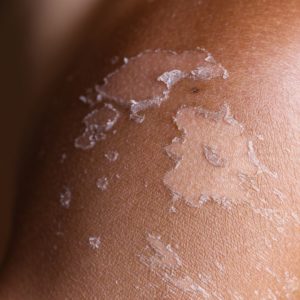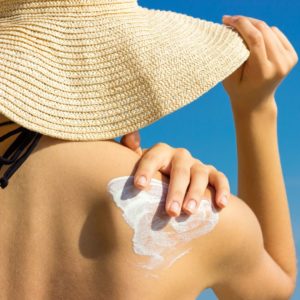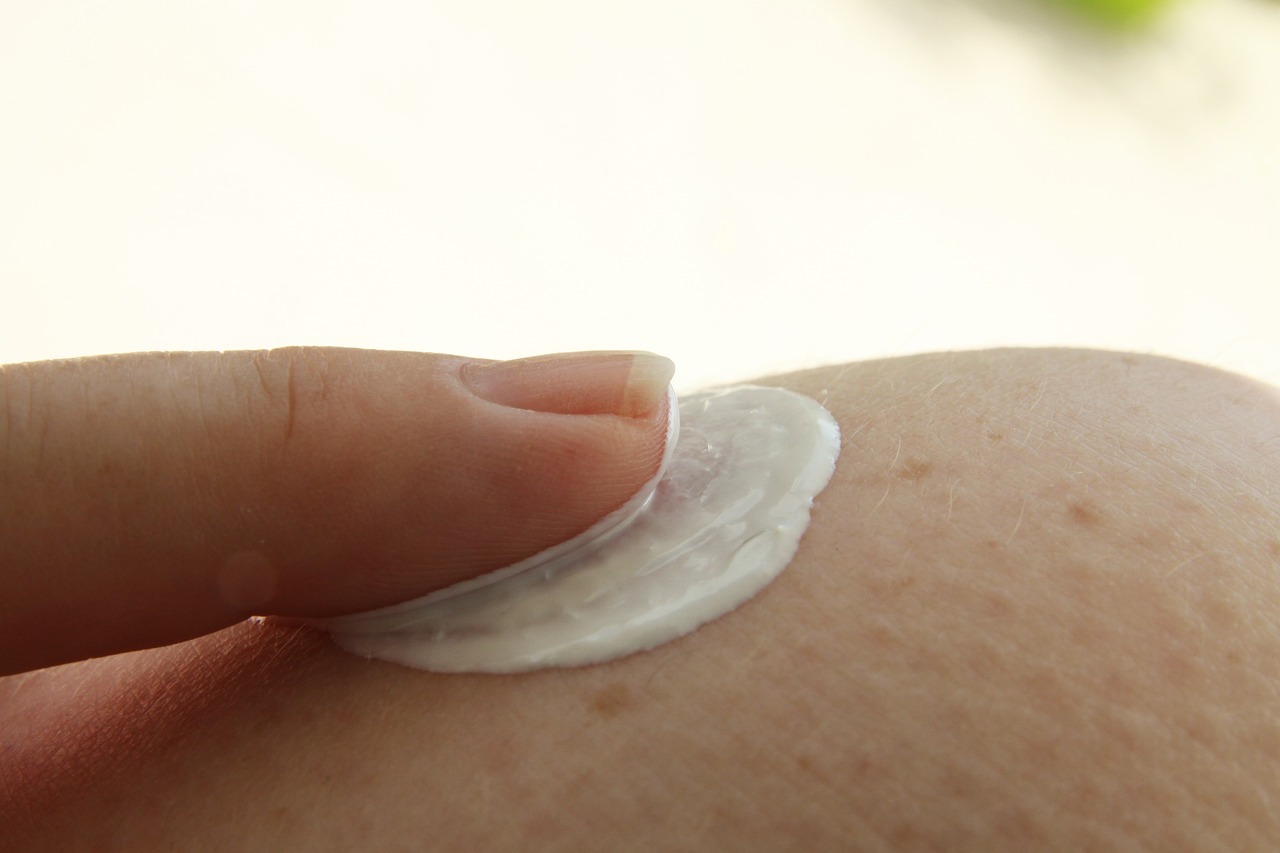1. The effects of sunlight on the skin
Visible light represents only a small part of the radiation emitted by the sun. In the non-visible spectrum, the sun emits three ultraviolet rays: UVA, UVB, and UVC.
 UVA rays, with a wavelength of 320 to 400 nm, easily penetrate the ozone layer and the atmosphere and penetrate the dermis. They are responsible for immediate tanning, which appears after a few minutes but lasts only a few hours. They also cause premature skin aging and may play a role in the development of certain cancers.
UVA rays, with a wavelength of 320 to 400 nm, easily penetrate the ozone layer and the atmosphere and penetrate the dermis. They are responsible for immediate tanning, which appears after a few minutes but lasts only a few hours. They also cause premature skin aging and may play a role in the development of certain cancers.
UVB rays, with a wavelength of 280 to 320 nm, only partially penetrate the ozone layer and only penetrate the protective layer of the epidermis. They enable the skin to synthesize vitamin D, which is essential to the proper functioning of our organisms and is responsible for long-term tanning. In the event of prolonged exposure, they cause inflammation of the skin, colloquially known as “sunburn.” They are also the leading risk factor for skin cancer, ahead of UVA rays.
UVC rays, with a wavelength of 100 to 280 nm, do not penetrate the ozone layer and are primarily absorbed as soon as they reach the atmosphere. Our atmosphere’s barrier is indispensable, as UVC rays are the most dangerous for all life forms. They are artificially produced for their biocidal properties to purify drinking water.
Essential for life, the sun is nonetheless dangerous if exposed to it repeatedly or for long periods.
2. Sun protection: essential for any exposure to the sun
Adequate sun protection is simply crucial. Creams, milks, oils, or lotions in bottles or sprays should be applied before tanning sessions and regularly after prolonged sun exposure.
There are two main types of sunscreens available on the market:
- Organic or chemical filters act by absorbing UV radiation.
- Mineral filters act by reflecting UV rays (e.g., titanium dioxide, zinc oxide, etc.).
The effectiveness of sun protection against UVB rays is indicated by the Sun Protection Factor (SPF):
- Low protection: SPF less than 20.
- Medium protection: SPF greater than or equal to 20 and less than 30.
- High protection: SPF greater than or equal to 30 but less than 50.
- Very High Protection: SPF greater than or equal to 50.

The Sun Protection Factor is mandatory for all sun protection products. Some cosmetics brands display a UVA logo surrounded by a circle in addition to the SPF index: this reassures consumers of the effectiveness of sun protection against UVA rays in compliance with the standards imposed by the European Union.
As a complement to good protection, after-sun care is applied to skin that has been irritated and weakened by exposure to the sun and other external aggressors (sand, salt, wind, etc.).
3. The benefits of after-sun care
Exposure to the sun has direct consequences for the skin. UVA and UVB rays damage collagen and elastin fibers. Skin is drier after a tanning session, more fragile and dehydrated. Protection is essential.
However, various sources of external aggression, such as sea salt, chlorine, sand, and wind, can also contribute to skin irritation or inflammation after a tanning session at the beach or poolside.
An after-sun care product has a regenerating action, nourishing and moisturizing the skin in depth. Its formulation is based on several families of cosmetic ingredients:
- Moisturizing active ingredients.
- Lipid-replenishing active ingredients.
- Soothing active ingredients.
Some formulas may include plumping, firming, or anti-aging active ingredients to combat sagging skin and premature aging. Much more than just a moisturizing cream, after-sun care is now a complete skin care product.
Senses at the heart of the cosmetic experience offered by after-sun care. A cream, milk, balm, or mist provides a sensation of freshness and well-being. Applying after-sun care becomes a beauty reflex as much as a moment of relaxation.
4. Squalane, a cosmetic ingredient for after-sun care
Squalane is derived from squalene, a natural component of human sebum, the hydrolipidic film, and superficial skin tissue.
Squalane’s high moisturizing power makes it an ideal ingredient for after-sun care. It also helps restore the lipid barrier and prevents insensible water loss, making it an excellent active ingredient in a beauty product designed to be applied to sun-dried skin.
Order your Phytosqualan sample
Its biomimetic properties and non-greasy feel enable it to be integrated into an easy-to-spread cream for an optimal user experience, with excellent penetration for enhanced efficacy.
Sophim offers several references with a high squalane or squalene content:
Phytosqualan and Insapolive are COSMOS-approved labels that testify to the natural origin of these two products and to a manufacturing process that respects the environment and human health.
5. Cosmetic vegetable oils to care for all skin types.
Our organic cosmetic vegetable oils have soothing, repairing, and antioxidant properties, making them the ideal ingredients for after-sun care:
- Baobab oil is rich in tocopherols, renowned for their antioxidant and anti-free radical effects, and phytosterols, which help maintain the cell membrane, reinforce the skin’s barrier function and slow skin aging.
- Argan oil helps combat the signs of skin aging and restores the skin’s hydrolipidic film.
- Jojoba oil is renowned for its moisturizing and toning properties.
- Avocado oil moisturizes, softens, and nourishes the skin.
- Pomegranate oil, rich in antioxidants and unsaturated fatty acids, has soothing and nourishing properties.
- Hemp oil has regenerating, revitalizing, and anti-aging properties.
- Cucumber oil is appreciated for its freshness and contributes to hydration thanks to its essential fatty acids.
Other cosmetic plant oils also have properties well-suited to formulating anti-aging skin care products. Our teams are at your side to present our range and help you choose the references best suited to your objectives and the expectations of your target market.
6. Sophim, your supplier of cosmetic ingredients
Our range of COSMOS-certified references provides the ingredients you need to create a committed cosmetics range that respects the environment, human health, and the convictions of your customers.
Would you like to enhance your product range with a new after-sun care product enriched with squalane? Would you like to know more about our entire catalog? Call us at (+33)4 92 33 17 17 or use our Contact section.
Learn more about SOPHIM
Category: Cosmetics Expertise







 UVA rays,
UVA rays, 